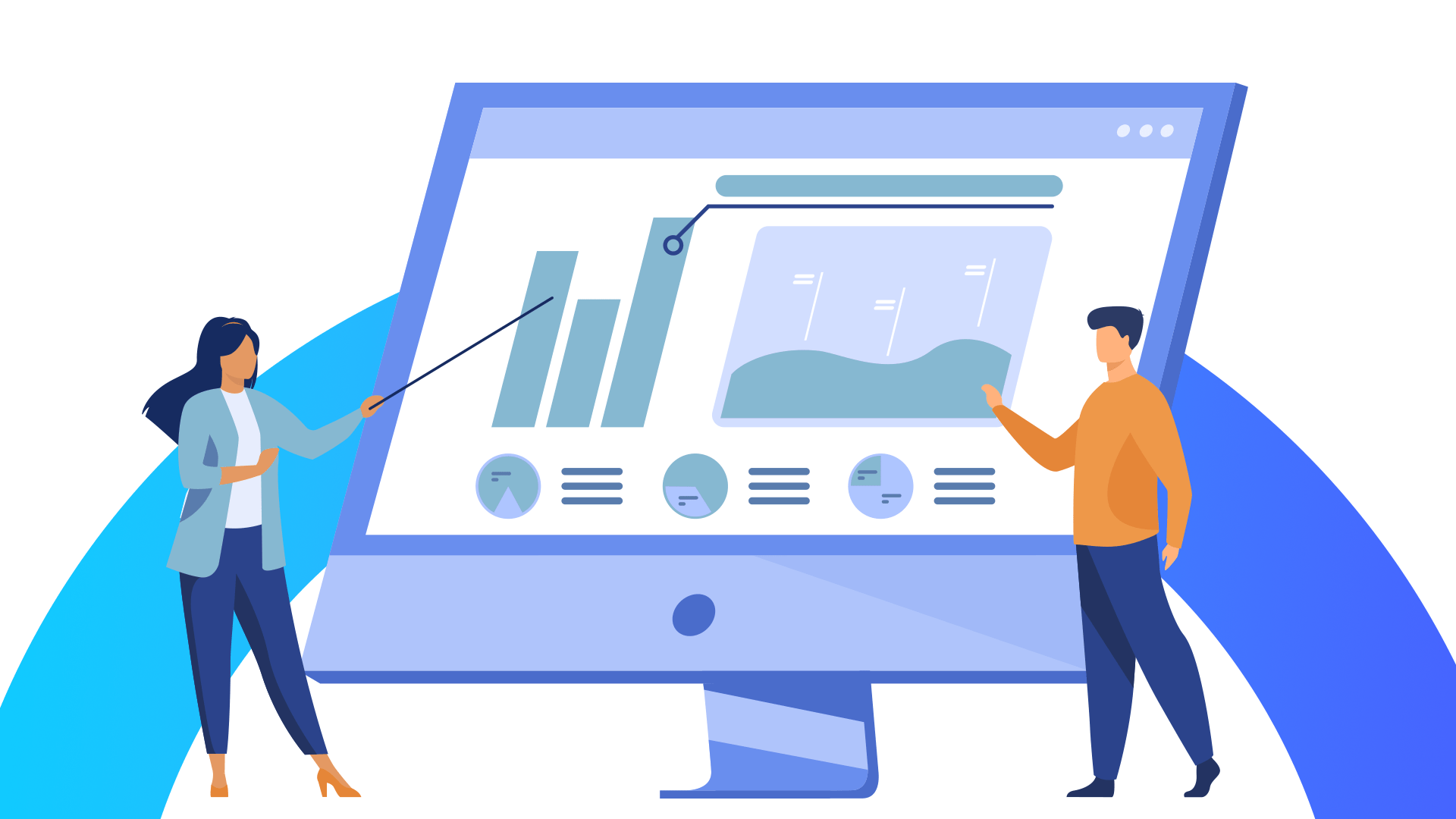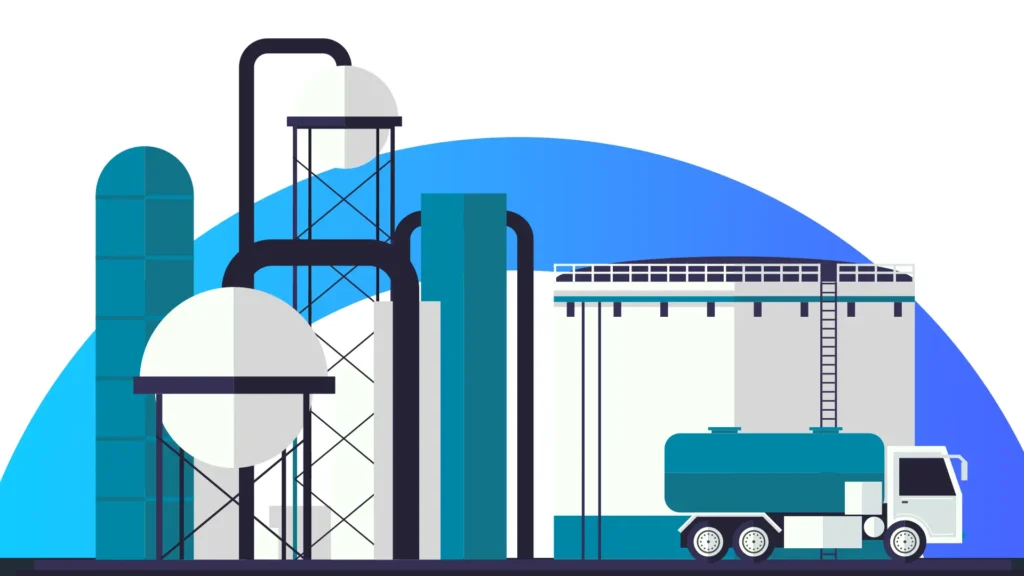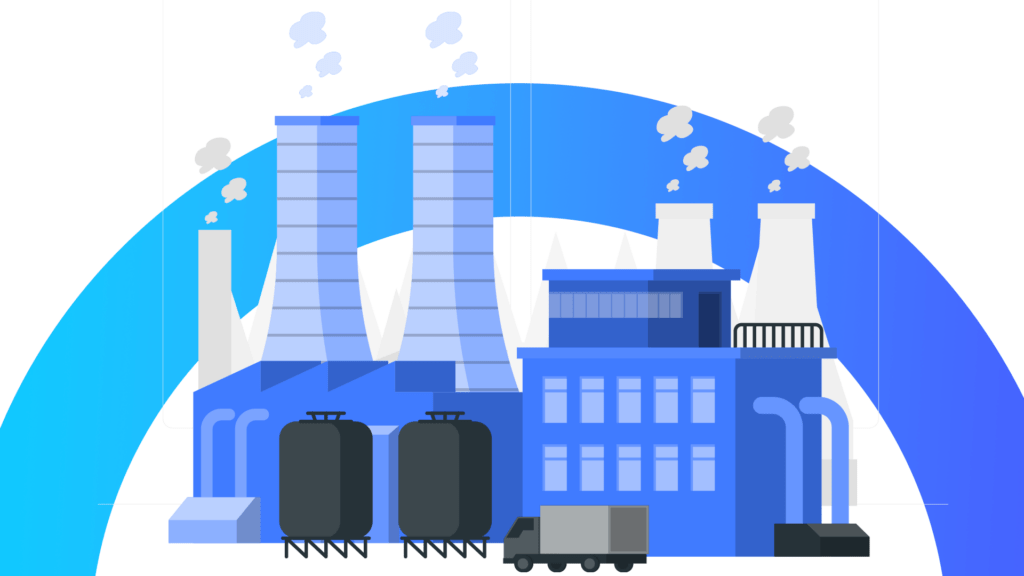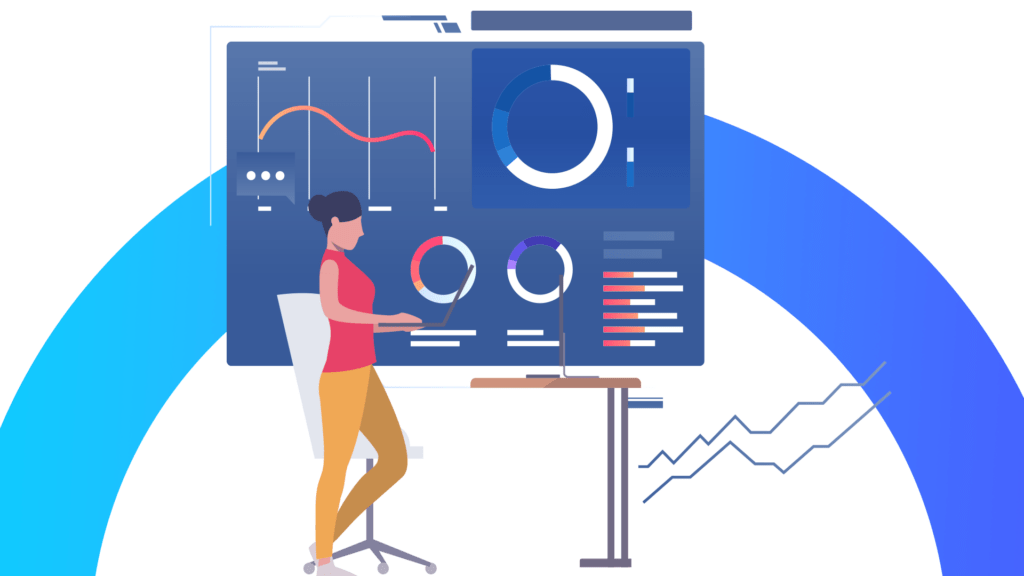Predictive analytics tools empower businesses to forecast trends, optimize operations, and reduce risks by analyzing historical data and leveraging AI, machine learning, and statistical models. Learn how predictive analytics tools enable your businesses to identify patterns and predict future outcomes, giving you a competitive edge in today’s data-driven landscape.
Imagine having the ability to look into the future and then using this information to influence the choices you make today. Predictive analytics tools do just that, allowing users to become innovators in their business landscape. Learn more about how predictive analytics work and how you, too, can employ predictive analytic tools to maximize your business’s efficiency.

Predictive analytics tools - An introduction
Today, companies manage vast amounts of data, including log files, videos, and images stored in various repositories. Predictive analytics tools help businesses identify patterns in this data, spotting opportunities and risks efficiently. These tools analyze past patterns to estimate the likelihood of similar events happening in the future. They use methods like AI, data mining, machine learning, and statistics to make accurate predictions. Statistical methods include logistic regression, linear regression, neural networks, and decision trees. Predictive learning is often the first step to enhance forecasting insights further.
Different types of predictive modelling
Predictive analytics models are created to analyze past data, identify patterns and trends, and utilize that information to forecast future trends. Key predictive analytics models include clustering, classification, and time series models:
Classification models
Classification models are a section of the supervised machine learning models. They classify data by analyzing past data and describe the relationships in a data set. As an example, this model is used to divide prospects or customers into groups for segmentation. It’s also used to answer queries using binary outputs, like answering either yes or no or even true and false. The various types of classification models are logistic regression, decision trees, neural networks, random forest, and Naive Bayes.
Models for clustering
Clustering models are classified under unsupervised learning. They group data by similar attributes. Like an online retailer uses the model to classify customers into groups based on characteristics, then devises targeted marketing strategies.
Time series models
Time series models employ a variety of data inputs at a specific time-frequency, such as daily, weekly, monthly, and so on. It is typical to graph the dependent variable over time and examine the data for trends, seasonality, and cyclical patterns that indicate the need for certain specific transformations and model types. For instance, a call center may employ a time series model to predict the number of calls it will get in an hour at various times of the day.
Where are predictive analytics tools used?
Predictive analytics tools are often employed to enhance and clean the accuracy of data used to make forecasts. These tools employ models that ensure that more data is absorbed into the software, even from operations that interact with customers, to warrant the most precise forecast.
Predictive models are employed in many applications, including video games and weather forecasts. They also assist in transcribing voice into text as well as customer service and investment portfolio strategies. These applications all use descriptive statistical models of the existing data to predict future data.
In the manufacturing industry, forecasting is vital to maximize the utilization of resources in the supply chain. The essential aspects of a supply chain, be it inventory management or the shop floor, need accurate forecasts to ensure running. Predictive analytics tools make this possible.
Businesses use supply chain analytics to control inventory levels and establish effective pricing strategies. Predictive tools analyze historical data and models to forecast supply chain performance, demand, and potential disruptions. These tools help businesses manage risks, improve processes, and enhance decision-making quality. Companies can determine resource availability at any time, avoiding shortages.
In addition, predictive analytics tools help companies manage inventory, devise marketing strategies, and forecast sales. It also helps companies thrive, particularly within highly competitive sectors like healthcare and retail. Financial professionals and investors also use the technology to craft investment portfolios and lower their overall risk-taking potential.
The benefits of predictive analytics tools
An organization equipped with the knowledge of what to expect based on previous patterns enjoy multiple benefits, as detailed ahead:
Security
Every business today must worry about data safety. Automation and predictive analytics tools combined significantly enhance security. For instance, certain patterns associated with abnormal and suspicious end-user behaviour will trigger specific security procedures.
Risk reduction
In addition to ensuring that data is safe, most businesses are attempting to lower their risk profile. For example, a firm that extends credit may use data analytics to understand the risk posed by a client who seems to have a higher risk than average of defaulting. Others may employ predictive analytics tools to assess the sufficiency of their insurance protection.
Efficiency of operations
A more effective workflow results in higher profits. For instance, knowing that a vehicle within a fleet of vehicles used for delivery will likely require maintenance prior to the vehicle breaking down is vital. This means that deliveries will be completed on time, and the business will not have to incur additional expenses, such as vehicle towing and then the need to bring in a second employee to finish the delivery.
Better decision making
Running any business requires carefully planned choices. Any expansion, addition, or extension to an existing product line must strike a balance between inherent risks and the possible result. Predictive analytics tools offer insights to aid in the decision-making process and provide a competitive advantage.




